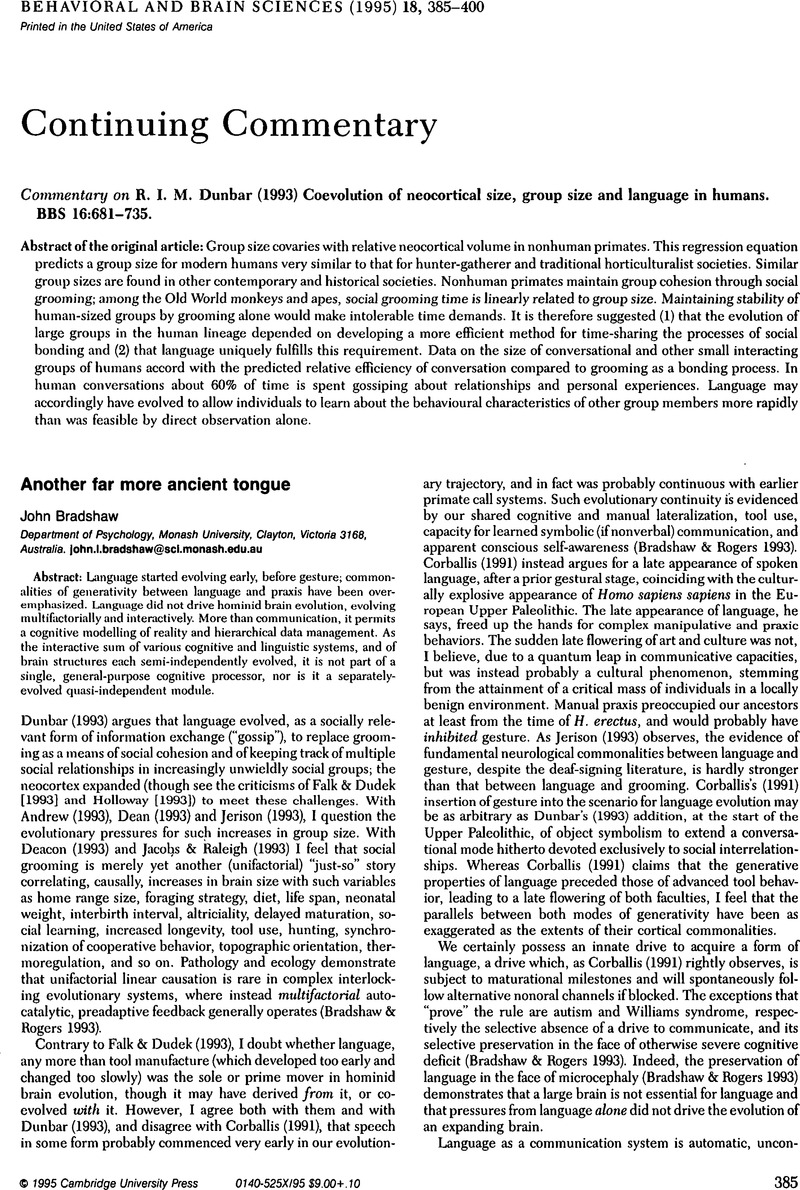Crossref Citations
This article has been cited by the following publications. This list is generated based on data provided by Crossref.
Griffiths, Siân W.
and
Magurran, Anne E.
1997.
Schooling preferences for familiar fish vary with group size in a wild guppy population.
Proceedings of the Royal Society of London. Series B: Biological Sciences,
Vol. 264,
Issue. 1381,
p.
547.



